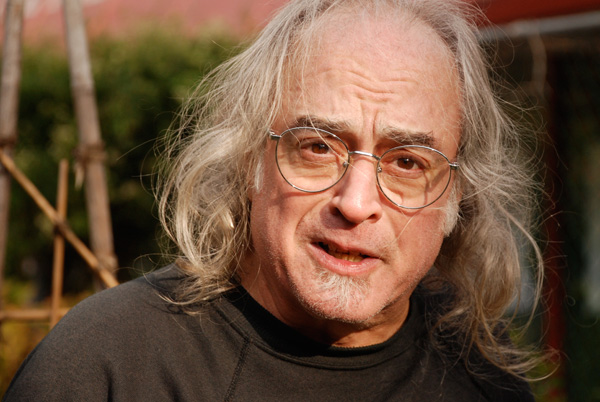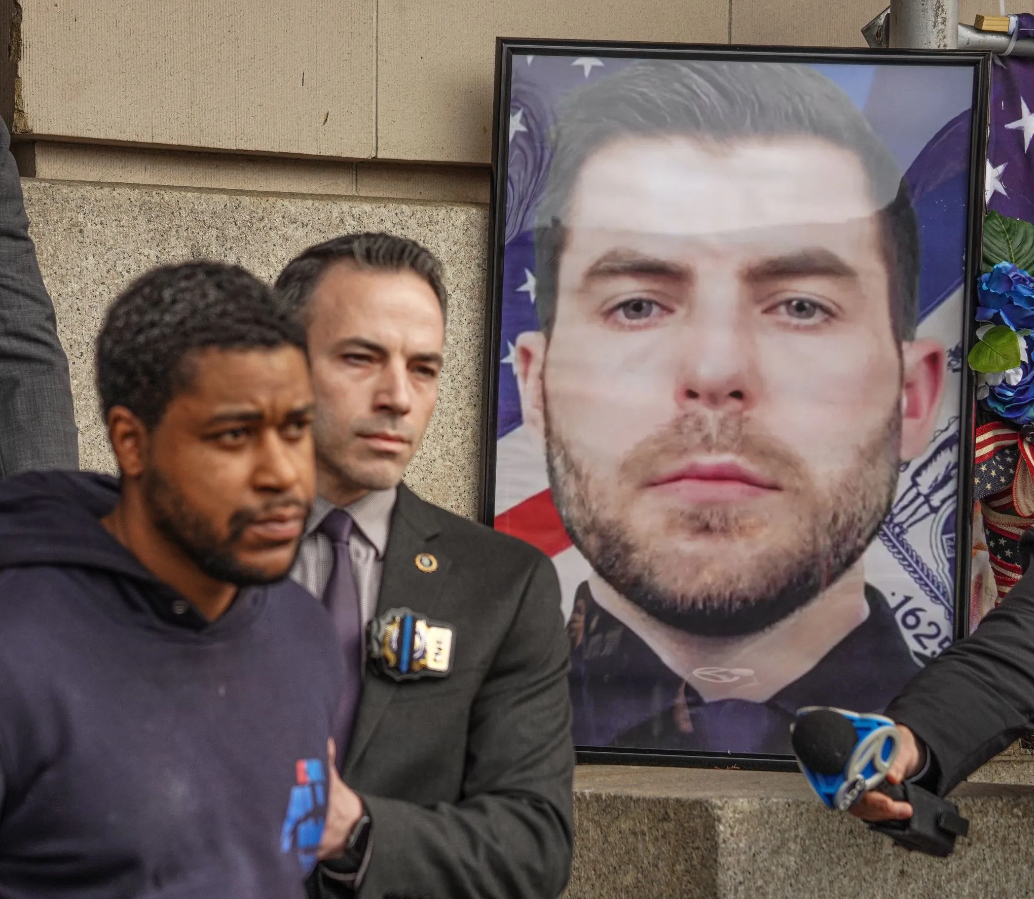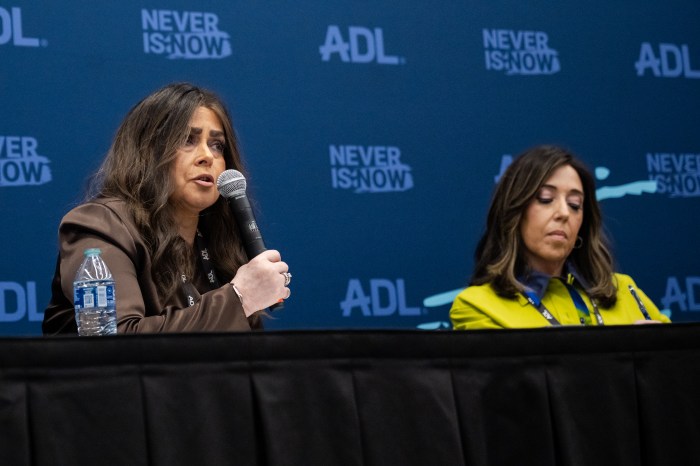
BY ALBERT AMATEAU | Mayer Vishner, antiwar activist, editor and cultural critic, died Aug. 22 at the age of 64 in the MacDougal St. apartment where he made his home for more than 30 years.
His death, for which he had long planned and called his “Existential Project,” came after he took an overdose of Seconal.
It was a project often delayed because Mayer wanted to be as considerate of others in death as he was in life. A week before he died, he had gone with a friend, the filmmaker Justin Schein, to visit a writer friend, Michael Ventura, in Lubbock, Tex., with whom Mayer left his cat.
“He could not be dissuaded,” said Paul Krassner, writer and editor of The Realist, a 1960s publication, who spoke with Mayer by phone the morning that he died. “I told him I would miss him, but that was my problem not his. He said, Thank You. The purpose of his life was to end it. Mayer dictated the death notice that I put in The New York Times, ‘Vishner, Mayer. Forced into this life Feb. 13, 1949. Left on purpose [Aug. 22, 2013].’ I had to fill in the last date,” Krassner said.
Afflicted with depression for many years, Mayer was in physical pain the last few years, according to Schein, who was Mayer’s partner in the LaGuardia Corner Gardens where, unlike most gardeners, Mayer grew vegetables.
Mayer was a Yippie activist and an associate of Abbie Hoffman. He was a friend of the singer Phil Ochs, of Tom Forcade, founder of High Times magazine, and of Ed Saunders, a Yippie co-founder and member of The Fugs. In 1971, Mayer edited “When the Mode of the Music Changes: An Anthology of Rock ’n’ Roll Lyrics.”
Long associated with the War Resisters League, Mayer wrote for their magazine, Win.
Mayer edited the L.A. Weekly, a counterculture paper in Los Angeles in the mid-1980s. He returned to New York at the end of the decade, and became an assistant manager of St. Mark’s Bookshop.
In an obituary of Mayer by Mary Reinholz in Bedford + Bowery, Bob Contant, co-owner of St. Mark’s Bookshop, was quoted as saying, “Mayer was a character, a New Yorker type that’s hard to describe, you had to experience it. He could have an abrasive personality and people could take him the wrong way.”
Aron Kay, the “Yippie Pie Man,” told Reinholz that he was with Mayer at antiwar protests and at the anniversary in 1998 of Abbie Hoffman’s death, as well as the Democratic National Convention in 1996.
“He never dropped his values,” Kay told Reinholz.
Arrested often with fellow protesters, Mayer told Schein, “You can’t live the life of a moral person without getting in trouble with the police occasionally.”
Mayer Vishner was born in the Bronx. His father was a cutter in the garment industry. A rebel as a teenager, Mayer was a student at Newtown High School in Queens when he wrote a letter to the editor of The New York Times that was published in 1963 equating homework to slavery. He left home early to join the political ferment of the times.
“He was like an adolescent rebel all his life,” Schein said.
Mayer was heartened by the Occupy Wall Street movement but was disappointed that his skills of “phone tree” organizing were obsolete in the age of Internet social media. As a member of the LaGuardia Corner Gardens, he was deeply concerned about New York University’s expansion plans.
In Schein’s 2009 documentary film “No Impact Man,” Mayer appears in a few scenes in the LaGuardia gardens questioning the relevance of fellow Villager Colin Beavan’s experiment to live for a year making a minimal environmental impact, along with his wife and young daughter.
“For the past four years, I’ve been making a film about Mayer,” said Schein, who hopes to complete the editing next year.
Two brothers, Ira, of Boston, and Mark, of California, survive.
Last September, Mayer called The Villager to register a complaint about new birdbaths that had been added to the LaGuardia Corner Gardens.
“The people at the LaGuardia Corner Gardens who are determined to support the vermin — the pigeons, the rats, the sparrows and mice — have extended their vermin support to the mosquitoes by putting out four illegal birdbaths,” Vishner said. He added that the garden’s treasurer should be asked if people who contribute money thinking that they’re fighting N.Y.U.’s mega-development project on the South Village superblocks know, in fact, “that it will be used to pay for the health fines” from the West Nile virus that the bird baths would surely cause.

















